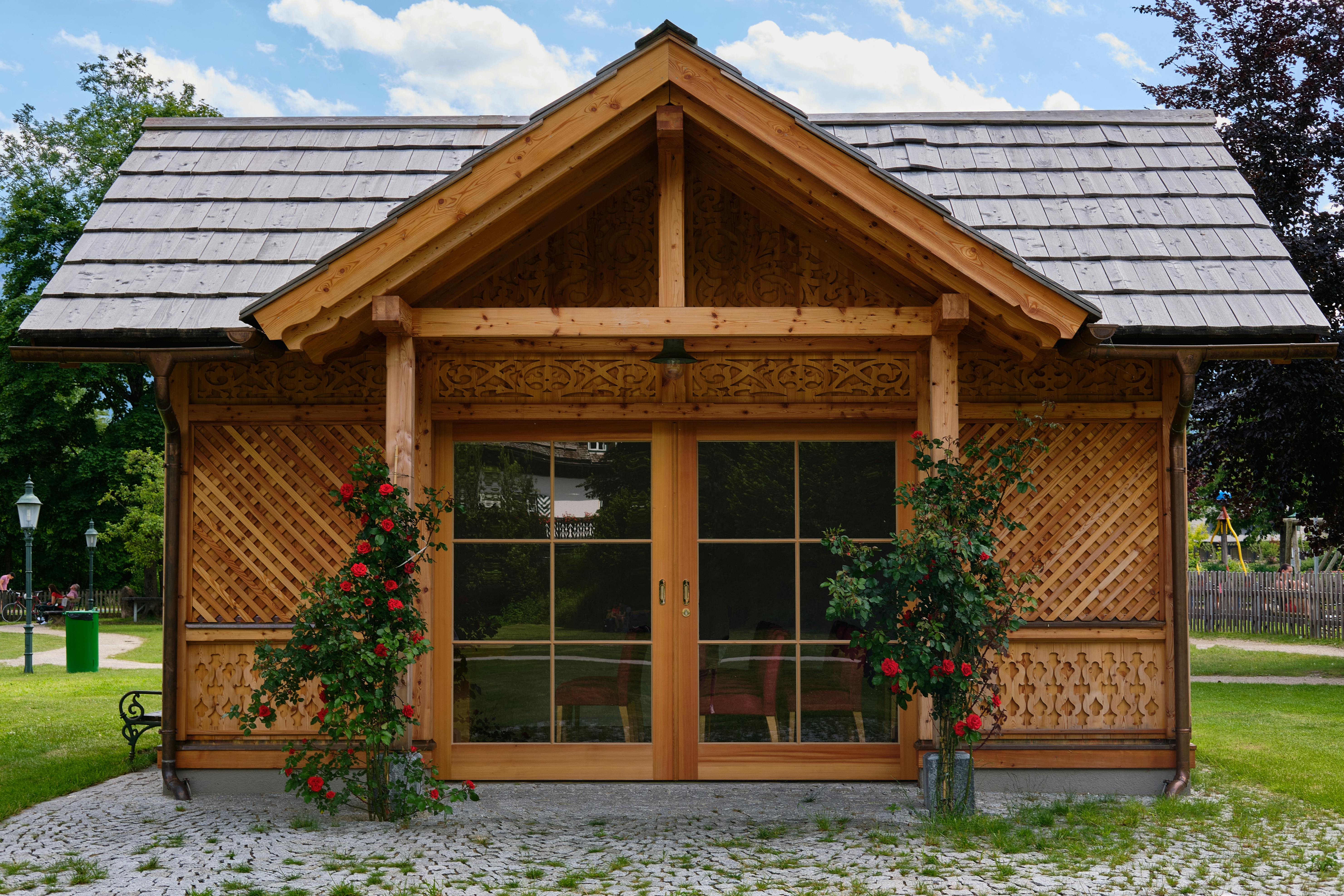
Building Inspections: Permits and Issues
things to know
1. The General Contractor or the person to whom the Construction Permit was issued must make all inspection requests.
2. Building permit cards must be displayed and construction plans must be available at the job site or inspection will not be performed and a fine may be charged.
3. Permit fees are based on project valuation defined as labor, materials, plus profit
4. If the project is large enough, the building inspector will need to complete a plan review.
Who are they
The BDI inspects, approves, and issues all code-required permits for new construction and for repairs and additions to all public and private buildings. They ensure safe building standards for the safety and general well-being of all of us.
When do I need a building permit?
Building permits are required when any major structural changes or alterations are made or for new construction. Normal maintenance does not require a building permit.
Here are some common examples, although this list is not complete:
1. New structures
2. Expansion of existing rooms
3. Porches, terraces and retaining walls
4. Anything involving structural beams, joist replacement, or load bearing
5. Foundation and footing repair, shoring or shoring of a structure
6. Converting basement or attic space into homes
7. All new fences except replacement of existing fences
8. A completely new roof, when the roof job is not the replacement of a similar material
When do I not need a building permit?
Here are some common examples, although this list is not complete:
1. Ordinary repairs to residential buildings and structures, there may be height restrictions here.
2. Drywall repair, exterior and interior painting, floor sanding and finishing, tile, carpet, flooring replacement
3. Repair or replacement of gutters and downspouts
4. Replacement or repair of exterior doors and non-fire resistant interior doors as long as no modification is made to the opening
5. Wall panels applied directly to wall surfaces; acoustical panels applied directly to ceiling surfaces;
6. Installation of battery-powered smoke detectors
7. Replacement of existing fence, same height, material and location in rear or side yards
8. Radio or television antennas without dish
The BDI will target all common areas unless there is a specific complaint. In that case, they can go anywhere in a building. They do not need landlords’ permission to enter a unit, but they do need tenants’ permission to enter an apartment. They will examine all common areas for hazardous or dangerous code violations or exit issues. They are essentially interested in safety issues and will especially look for fire extinguishers, gates, lighting, stairs, gates, and smoke detectors. If there are any violations of the code, they will issue a “Notice of Violation” or NOV.
What they do: They will inspect a property for three reasons:
1. The law requires general inspections to discover and correct safety problems and code requirements. These inspections are mandatory periodically.
2. Someone has complained
3. Review new construction work for safety and code violations.
The dreaded “task force inspection”
If a building is a nuisance and receives repeated complaints, the city can call many or all of the agencies and create a task force to inspect the building. Agencies involved may include fire, health, police, and the DA. The task force is only formed for the worst offenders, usually drug dens or health risks.
Construction Inspections
The inspector looks for the work to be code compliant and not exceed the scope of the permit. Very often, construction will take place and other problems will arise. If they exceed the parameters of the approved work, they can deny the approval of the work. Now you have to comply and that can mean a bureaucratic error or worse. A citation or NOV (Notice of Violation) is issued and you will need to apply for another permit to fix the problem and be up to code.
When the work is completed according to BDI requirements, you will need another inspection to obtain clearance. If you’re still having trouble getting your job approved, you have a few alternatives
Fighting the BDI
1. Know the code: You will need to prove that the cited condition is legal
2. Obtain all permit plans DBI has and try to prove that the condition is historic
3. If it is an old building, it can be acquired
4. Talk to the top inspector and make an informed case
5. Talk to a real estate attorney or engineer
hearing
This is your last effort to correct a mistake. You can have your attorney or property manager or possibly a structural engineer present your case. This is your last effort to allow a condition to remain in place. Obviously, it doesn’t come to this unless there is a lot of money at stake.
howard bell
turutapropiedad.com